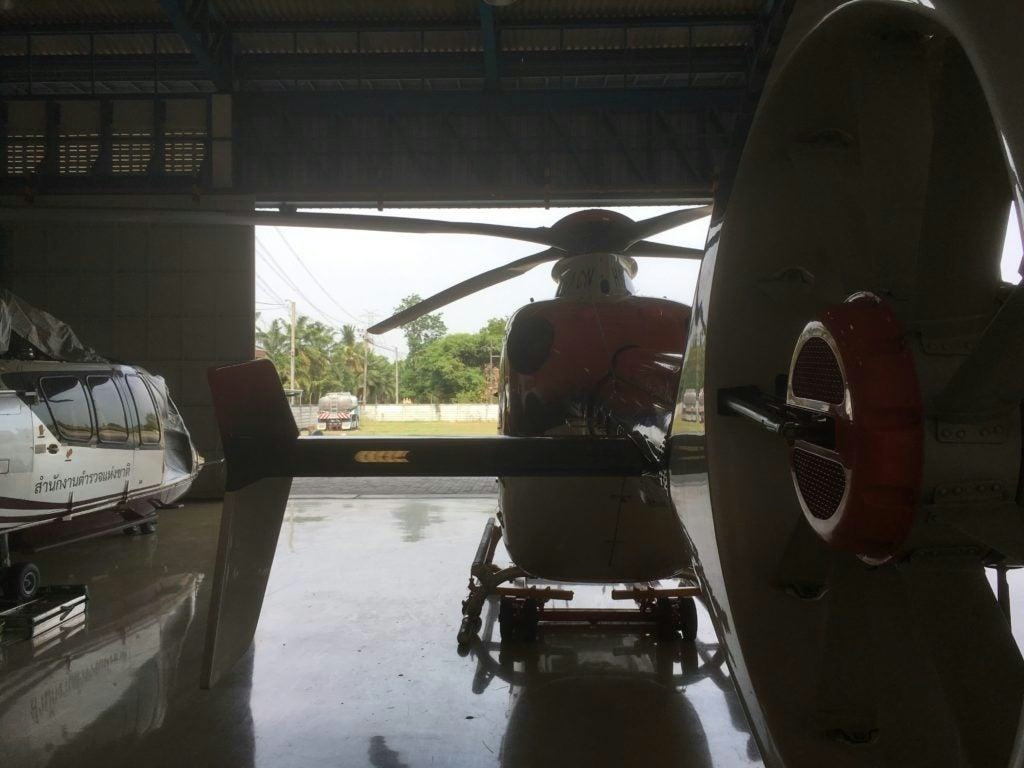
AeroGenie: il tuo copilota intelligente.
Tendenze
Categories
South Korea to Replace Ukrainian Engine in Stealth Drone Program
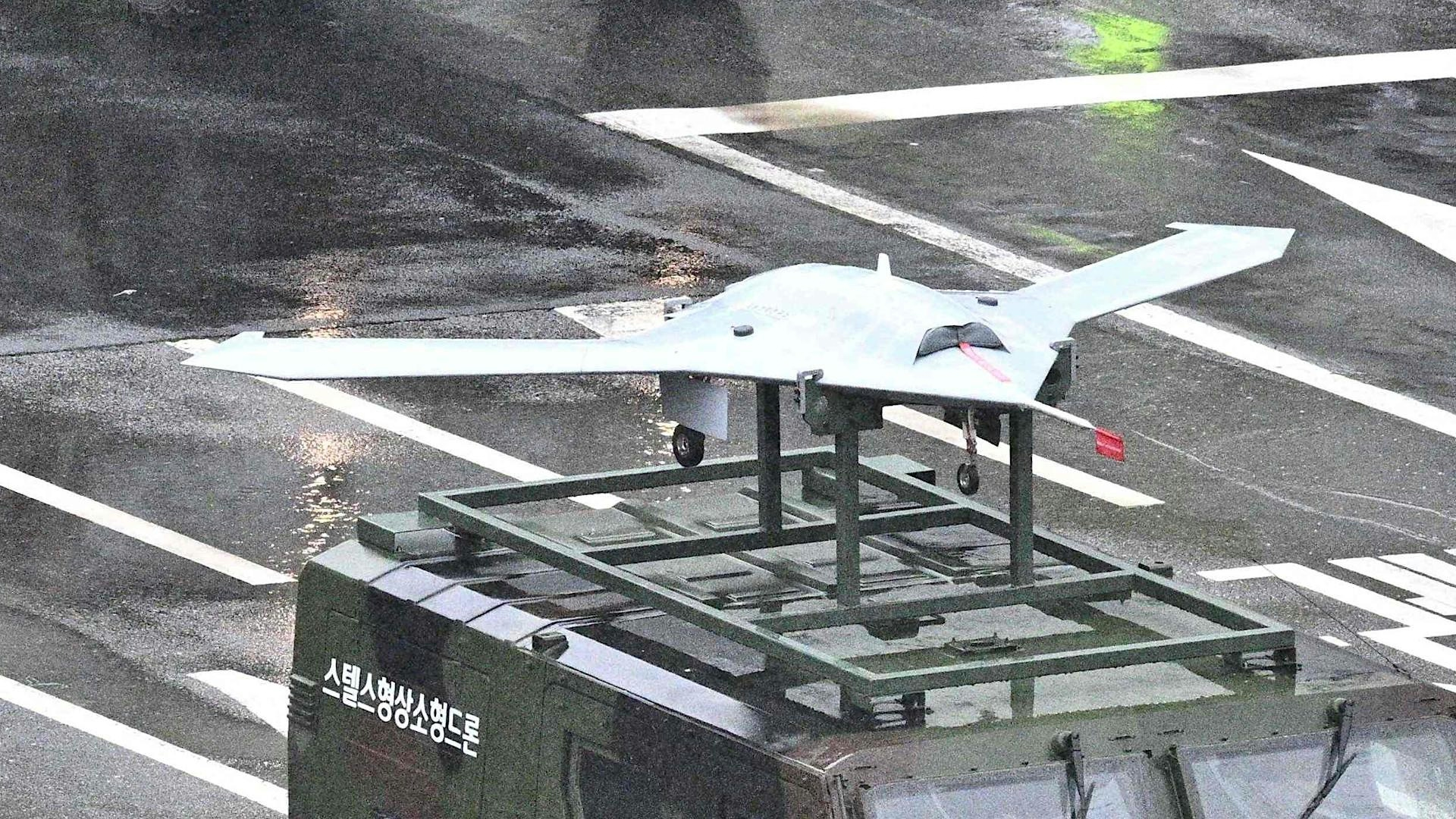
South Korea to Replace Ukrainian Engine in Stealth Drone Program
Hanwha Aerospace is preparing to commence ground testing in January 2026 of a newly developed indigenous turbofan engine designed for Korean Air’s Low Observable Unmanned Wingman System (LOWUS) stealth drone. This 5,500-pound-class engine, created in collaboration with the Agency for Defense Development (ADD), will replace the Ukrainian-made AI-222 engine currently powering the prototype. The initiative marks a pivotal advancement in South Korea’s pursuit of propulsion self-reliance within its defense industry.
Development and Technical Advancements
The forthcoming ground tests will represent the first comprehensive verification and performance evaluation of the new engine, confirming its capability to supplant the AI-222, which has served as a temporary solution during initial flight trials. The AI-222, manufactured by Ivchenko-Progress in Ukraine, is a low-bypass turbofan featuring a digital control system optimized for the drone’s operational profile, which includes flying in formation with the KF-21 Boramae fighter at high subsonic speeds. Hanwha’s domestically produced engine is engineered to deliver comparable thrust while incorporating enhancements to satisfy South Korea’s stringent military reliability standards.
Development of this indigenous engine began in 2013 with an investment of ₩153.1 billion (approximately $106 million), focusing on advanced technologies in fan design, compressors, and combustion systems. Hanwha Aerospace reports that the engine will achieve a service life exceeding 1,000 hours between overhauls, aligning with international military benchmarks. A prototype was unveiled at the 2025 Seoul ADEX airshow, signaling that the program remains on track for integration ahead of the LOWUS production phase anticipated in the mid-2030s.
Strategic and Geopolitical Implications
The decision to transition from a Ukrainian to a domestic engine carries significant strategic weight. South Korean defense officials have underscored the imperative to mitigate risks associated with supply chain disruptions, particularly given the ongoing conflict between Ukraine and Russia, which has severely impacted Ukraine’s defense manufacturing capabilities and complicated export logistics. By reducing dependence on foreign components—many of which are subject to International Traffic in Arms Regulations (ITAR)—South Korea aims to enhance its defense export competitiveness and secure greater technological autonomy.
This shift may also have diplomatic ramifications. Ukraine, which is actively seeking export markets to sustain its defense sector amid production challenges, may perceive South Korea’s move as a setback. Conversely, Russia could interpret the development as indicative of shifting defense alignments in the region. Furthermore, the change is likely to intensify competition within the global arms market, as nations strive to strengthen their indigenous defense capabilities in response to evolving geopolitical dynamics.
Broader Engine Development Roadmap
Hanwha Aerospace’s efforts form part of a comprehensive strategy to achieve full engine independence across South Korea’s military aviation programs. Beyond the 5,500-pound-class turbofan, the company is developing a 1,400-horsepower turboprop engine for medium-altitude drones, a 10,000-pound-class turbofan for large unmanned aerial vehicles (UAVs) and unmanned combat aerial vehicles (UCAVs), as well as a 16,000-pound-class engine intended for the KF-21 Block III fighter.
Ground integration testing of the LOWUS powertrain will evaluate intake performance, vibration characteristics, and overall system reliability. These tests are designed not only to ensure propulsion readiness but also to verify system interoperability and airworthiness. ADD researcher Lee Seung-yeol emphasized the significance of the project, stating, “Once development is completed, [the engine] will serve as the power source for future systems,” highlighting South Korea’s commitment to advancing its defense technology sector and reducing reliance on foreign suppliers.
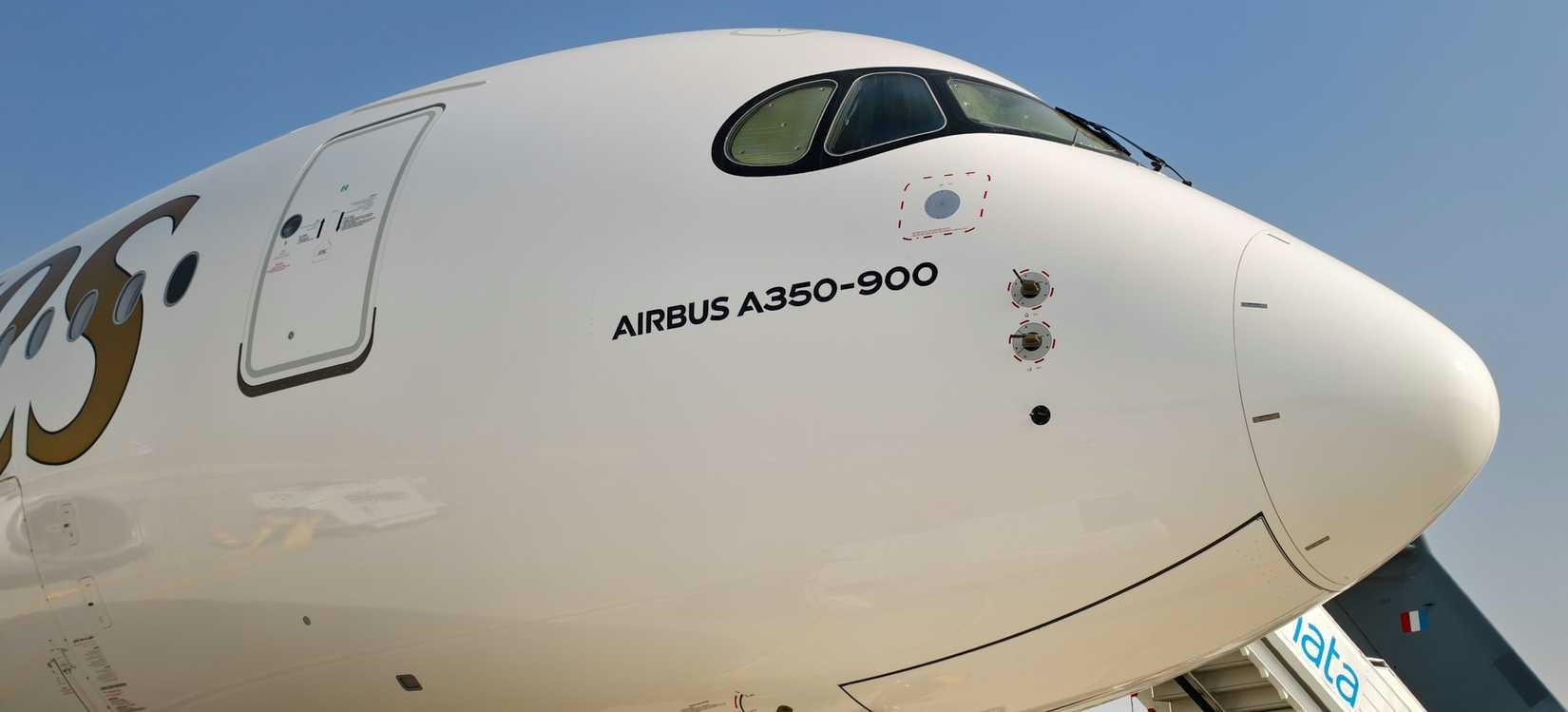
Airline to Operate Fastest-Growing Airbus A350 Fleet in 2025

Largest Aircraft Orders Worldwide in 2025
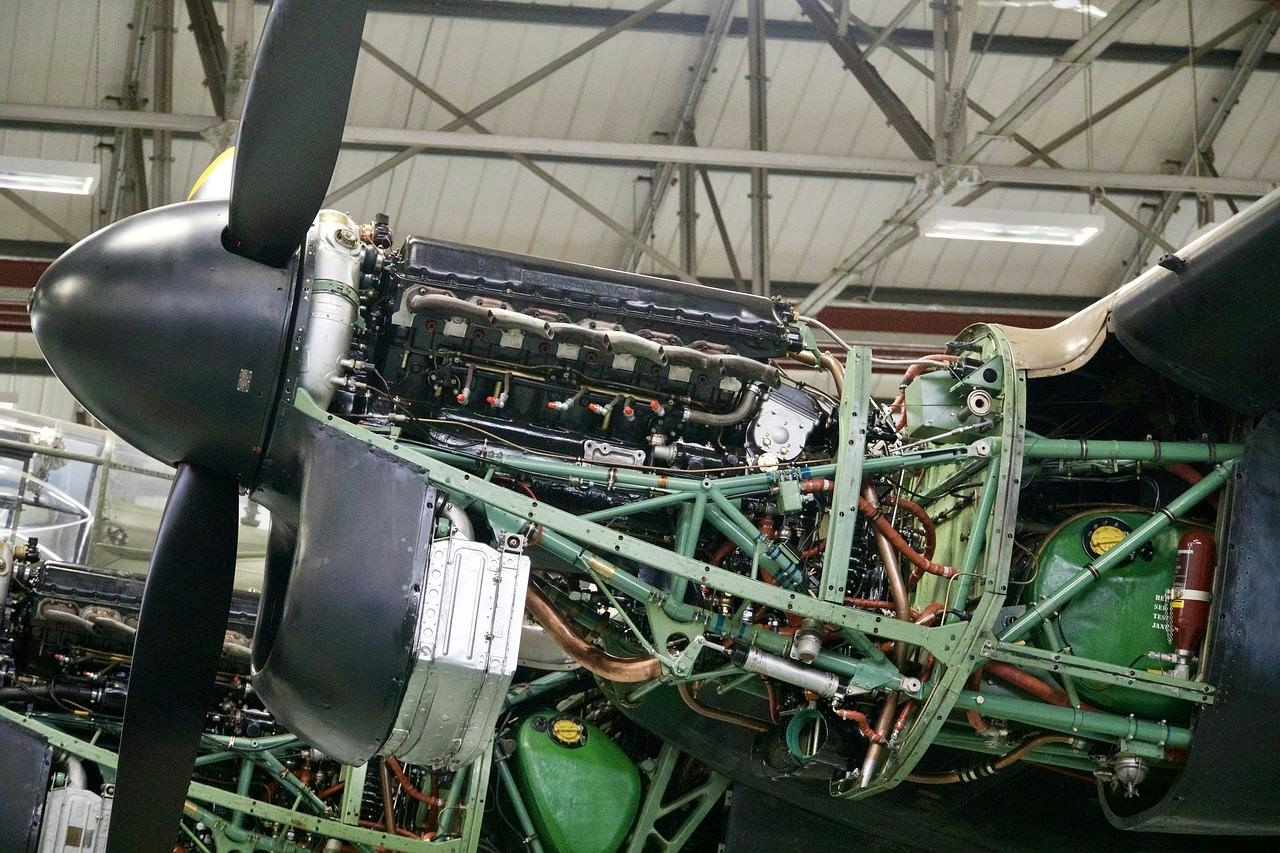
Adani Group to Enter Engine Maintenance and Aircraft Conversion Sectors

Joby Aviation Positioned to Lead Air Taxi Market by 2026
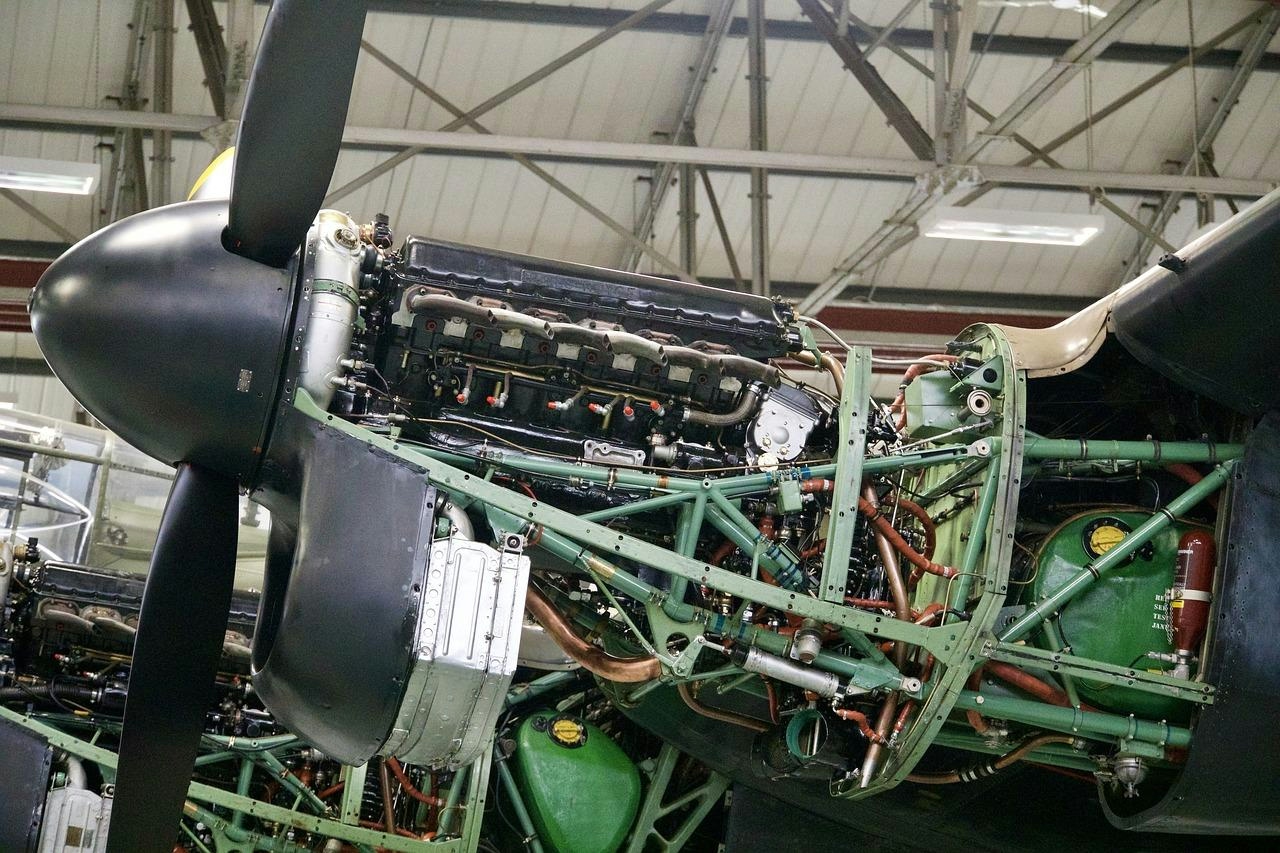
Adani Group Expands into Aircraft Maintenance and Conversion
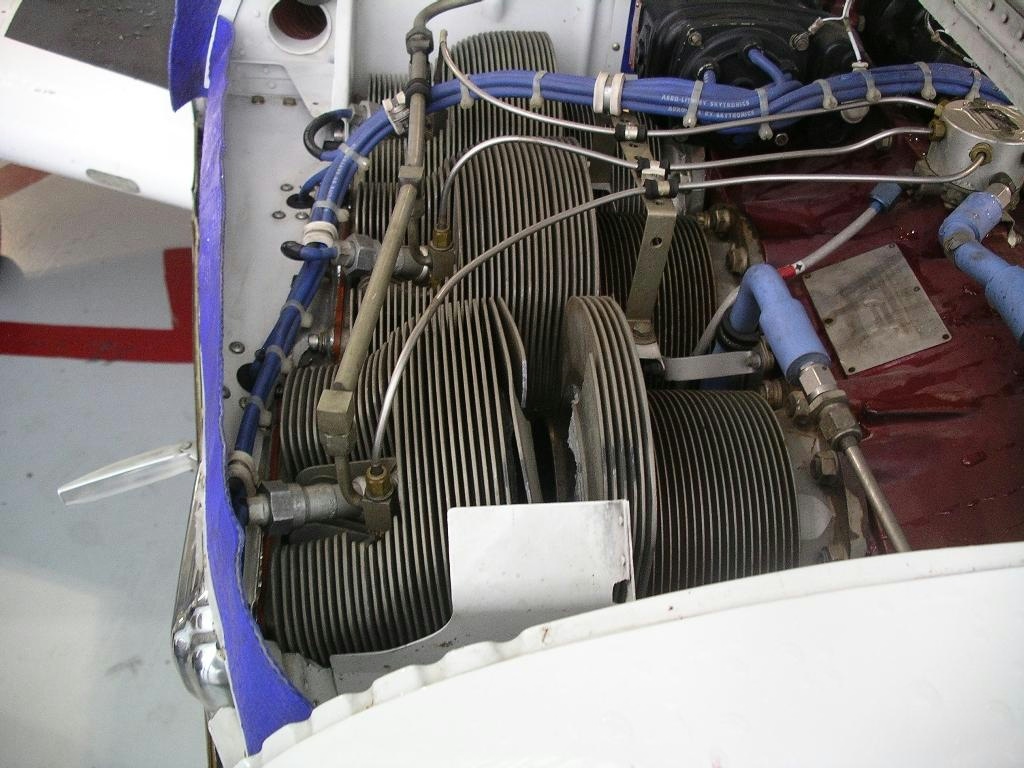
FAA Investigates Shutdowns of Lycoming IO-360 Engines
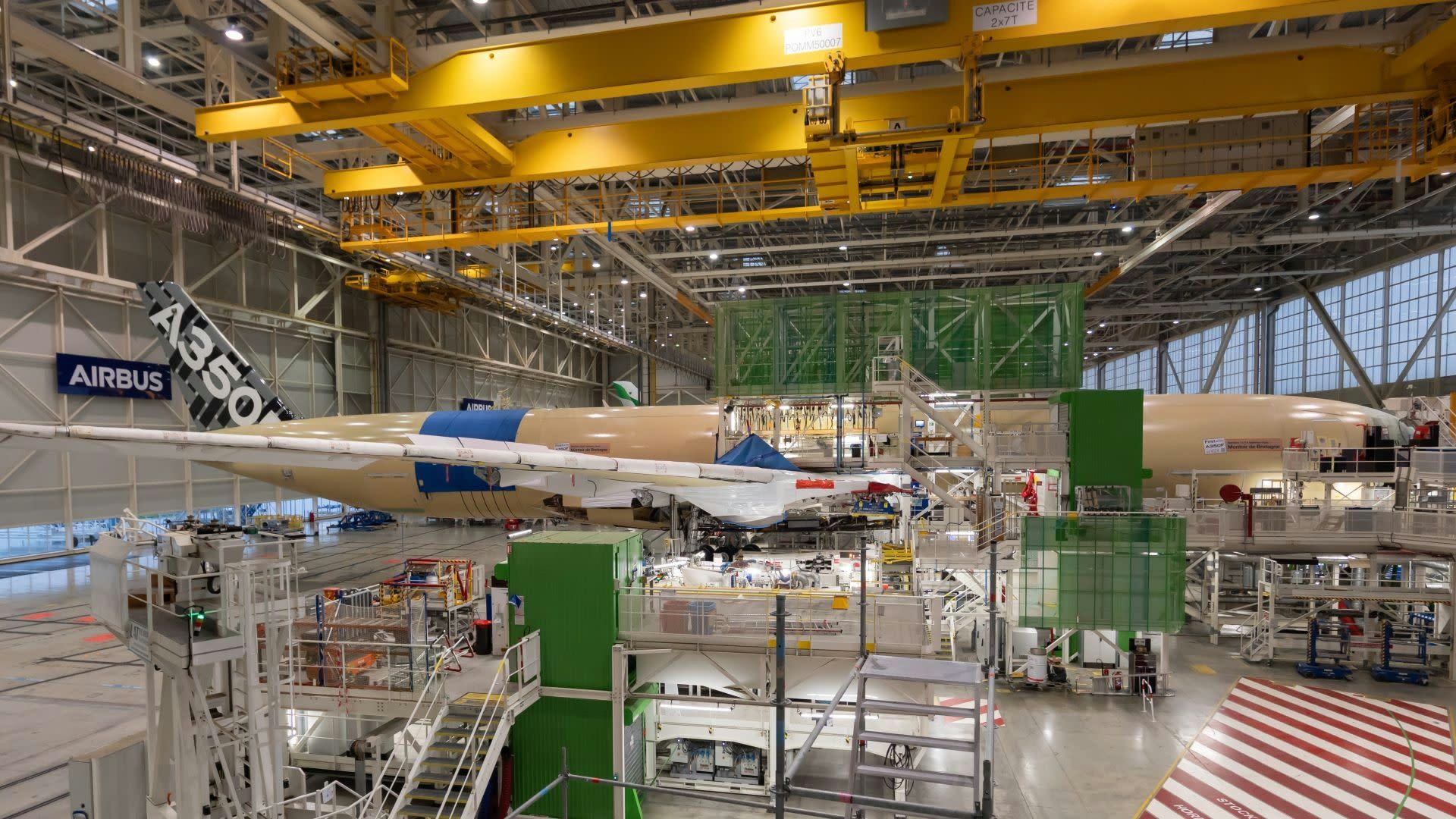
Airbus A350 Freighter Receives Certification
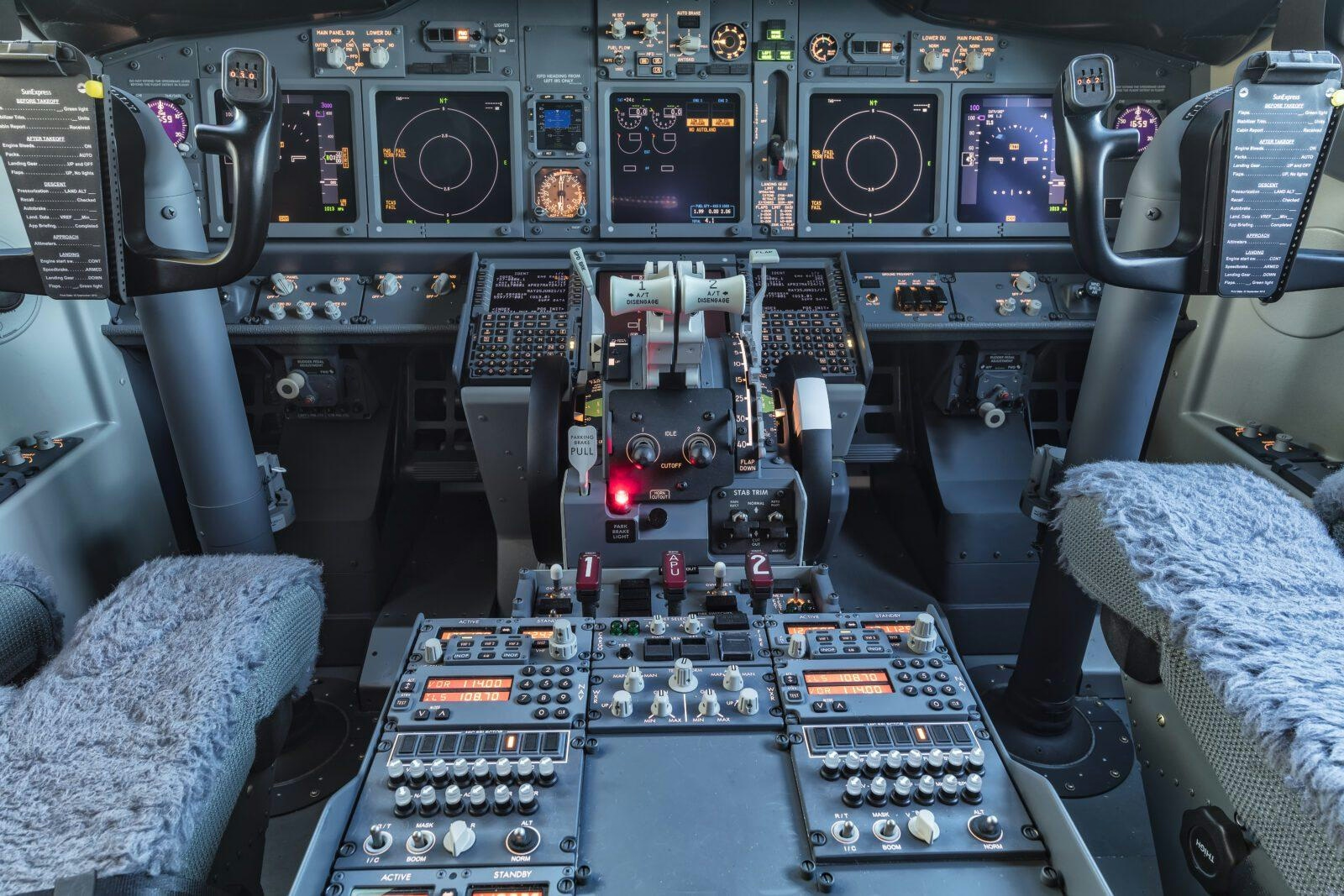
Investigators Examine Theory That Cockpit Sun Visor Caused Boeing 737 Engine Shutdown After Takeoff

Comparing the Fuselage Lengths of the Airbus A350-1000 and Boeing 787-10
